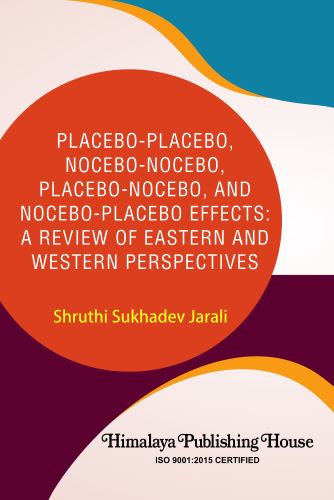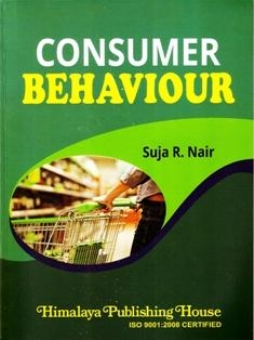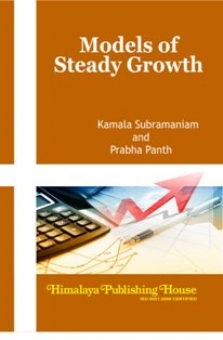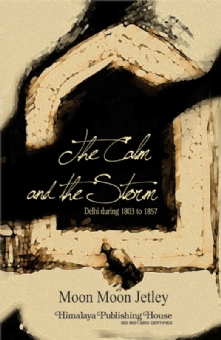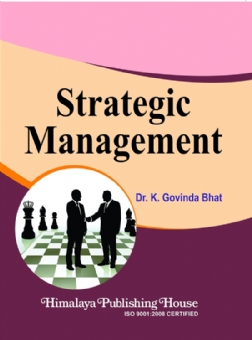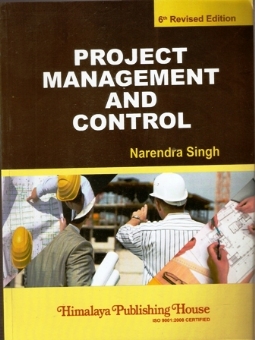By analysing placebo and nocebo effects via the prisms of classical conditioning, operant conditioning, and expectation effects, this study seeks to improve comprehension and optimise treatment outcomes. In addition to taking into account non-scientific ideas like spiritual beliefs, the issues were meticulously grouped to represent a variety of influencing elements, such as pill colour, size, genetics, branding, healthcare provider manner, and treatment settings.
The study offers a thorough classification of placebo and nocebo effects, organised to include different aspects of optimistic and pessimistic thoughts and how they interact. The themes were picked because they were morally perceptive, intellectually engaging, and supported by science, providing both researchers and healthcare professionals with useful viewpoints. Among the categories are:
- Placebo–Placebo Effect: Driven by optimistic nature and belief, resulting in a pure placebo effect, further divided into double placebo and yogic placebo effects.
- Nocebo–Nocebo Effect: Influenced by pessimistic nature and belief, leading to a pure nocebo effect, categorised into double nocebo and vamamarya nocebo effects.
- Placebo–Nocebo Effect: Characterised by optimism in nature counteracting pessimistic beliefs, resulting in an impure placebo effect.
- Nocebo–Placebo Effect: Defined by pessimistic nature undermining optimistic beliefs, leading to an impure nocebo effect.
Because these effects may overlap and coexist, the study highlights that people are not limited to a particular group. Future studies are encouraged by the suggested framework to use these classifications and reinterpret placebo and nocebo effects in order to incorporate both Eastern and Western viewpoints and advance a more comprehensive understanding. For scholars, medical professionals, and individuals examining the nexus between science and spirituality, the materials offer stimulating ideas and a valuable resource.
Contents –
1. Placebo and Nocebo Effects from Bharatiya and Western Perspectives
1.1 Placebo and Nocebo Effects: Definitions
1.2 Placebo Effect: Bharatiya and Western Perspectives
1.3 Nocebo Effect: Bharatiya and Western Perspectives
1.4 The Exceptions: Bharatiya and Western Perspectives
1.5 Placebo – ‘The cure’ and Nocebo – ‘The Death’ and Related Intermediate Results
1.6 Placebo and Nocebo Effects in Connection with Classical Conditioning, Operant Conditioning and Expectancy Effect
1.7 Why New Categorisation and Definitions is Needed?
2. Classical Conditioning, Operant Conditioning, and Expectancy Effect: The Introduction
2.1 Classical Conditioning, Operant Conditioning, and Expectancy Effect: The Usage Across Both Bharatiya and Western Perspectives
2.2 Classical Conditioning, Operant Conditioning, and Expectancy Effect: A Connection with Placebo and Nocebo
2.3 Classical Conditioning, Operant Conditioning, Expectancy Effect in Placebo and Nocebo: The Connection and Dominance
3. Optimistic/Pessimistic Nature and Belief Formation
4. Can Classical Conditioning Be Weakened?
5. Countering “Other Factors” which Influences Placebo and Nocebo Effect: Categorisation under Classical Conditioning, Operant Conditioning, and Expectancy Effect
5.1 Neurobiological Factors
● Neurobiological Factors
● Dopamine Release
5.2 Psychological Factors
● Expectations
● Achievement
● Learning and Memory
5.3 Biological Factors
● Physiological Responses
● Genetics
5.4 Convictional Factors
● Beliefs
● Karma and Guilt
5.5 Environmental Factors
● Laughter and Humour
● Sexual Activity
● Exercise
● Social Interaction
● Novelty and Exploration
● Addictive Substances
● Emotion
5.6 Conclusions from Sections 5.1 to 5.4
6. Placebo-Placebo Effect
6.1 Why is a Combination of Weaker and Stronger Placebo Effects Not Possible?
6.2 Placebo-Placebo Study Categorisation
6.2.1 Single-Blinded Study
6.2.2 Double-Blinded Study
6.2.3 Triple-Blinded Study
7. Nocebo-Nocebo Effect
7.1 Further Insights into Nocebo-Nocebo Effect
8. Placebo-Nocebo Effect
8.1 Further Insights into Placebo-Nocebo Effect
9. Nocebo-Placebo Effect
9.1 Further insights into Nocebo-Placebo Effect
10. Discussion
10.1 Classical Conditioning in a Stream of Classical Conditioning Without Operant Conditioning but with the Expectancy Effect
10.2 Classical Conditioning in a Stream of Classical Conditioning With Operant Conditioning and the Expectancy Effect
10.3 Classical Conditioning in a Stream of Classical Conditioning With Operant Conditioning and Without the Expectancy Effect
10.4 Classical Conditioning in a Stream of Classical Conditioning Without Operant Conditioning and the Expectancy Effect
11. Future Debate
11.1 Universal Application of the Four Categories
11.1.1 Cultural Beliefs and Practices
Classical Conditioning as a Leading Factor in Culture Influencing Placebo or Nocebo Responses.
Classical Conditioning with Operant Conditioning to Influence Placebo or Nocebo Responses.
Classical Conditioning Interplay with Expectancy Effects Influencing Placebo or Nocebo Responses.
11.1.1.1 Historical Factors
11.1.1.2 Geographical and Environmental Factors
11.1.1.3 Social and Political Structures
11.1.1.4 Economic Factor
11.1.1.5 Religious and Spiritual Beliefs
11.1.1.6 Language, Communication and Symbolism
11.1.1.7 Art, Literature and Music
11.1.1.8 Technological Advancements
11.1.1.9 Globalisation and External Influences
11.1.1.10 Individual and Collective Psychological Factors
11.1.1.11 Role of Conscious Decision-making and Rational Thought
11.1.1.12 Diversity and Variability Within Cultures
11.1.1.13 Ethical and Moral Dimensions
11.1.2 Complexity of Cultural Beliefs and Practices
12. Conclusion
References

